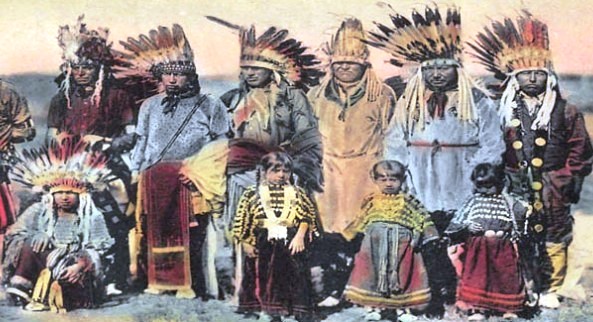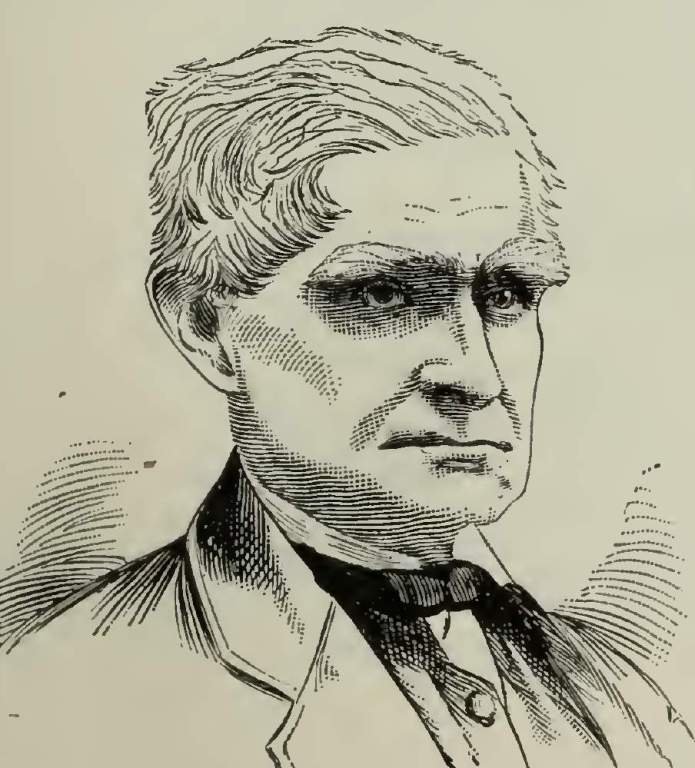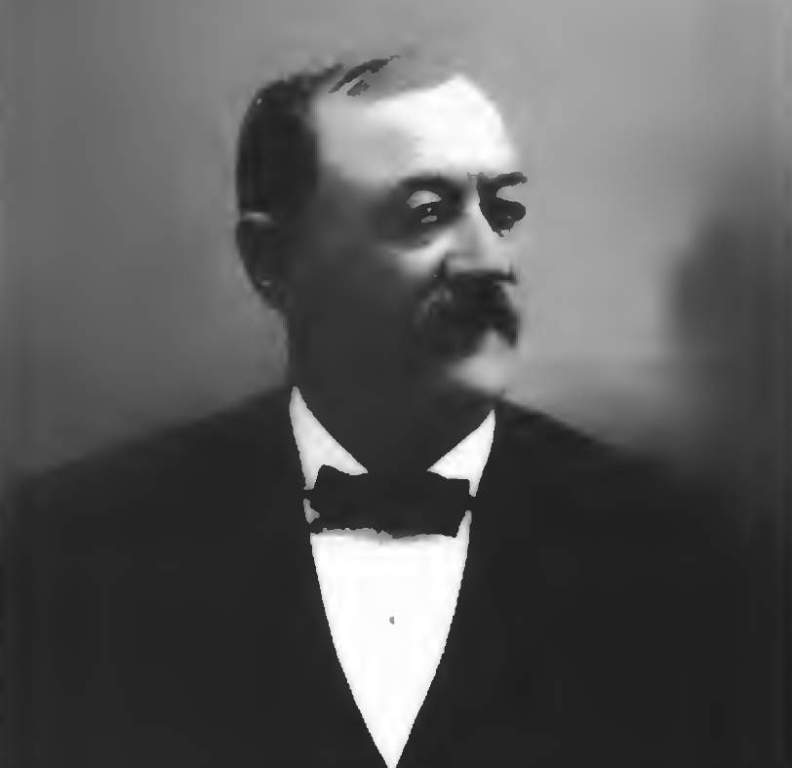The Ponca Tribe of Nebraska is among the Siouan peoples of OMAHA, OSAGE, and QUAPAW. After migrating westward across the Mississippi River to the eastern plains, their ancestors once lived in the Ohio Valley. The Ponca Tribe of Nebraska and the Ponca Tribe of Indians of Oklahoma are federally recognized Ponca tribes.
Different chiefs oversaw distinct groups. They lived together near the Pipestone Quarry in southern Minnesota, the site of a pipe-making factory using catlinite stone. The ancestors of Ponca and Omaha Their separation was also inevitable. What is now northeastern Nebraska became Omaha’s settlement along the Missouri River.
On either side of what has become the boundary line between Nebraska and South Dakota, Ponca villages were built further northwest at the mouth of the Niobrara River. Ponca means “sacred head.” They were members of the Great Plains Culture Area due to their hunting habits on the plains, especially after they acquired the horse. Although they developed permanent villages and agriculture, they also retained some characteristics of more eastern Indians.
The Ponca were involved in an incident that affected Native American rights positively and long-term in the 19th century. Ponca people were relocated to Indian Territory (present-day Oklahoma) from Nebraska in 1876 by an act of Congress. The following year, tribal members were forced to relocate. The first years following their removal were very difficult for them.
Read More – What Happened to the Toltec Empire

They had difficulty farming their new land. In the absence of grass, livestock had little to eat. The winters were harsh. In about a quarter of the tribe’s population, hunger and disease took their toll. The son of Chief Standing Bear was among those who were sick. In their homeland, along the Niobrara River, the youth reportedly made his father promise he and his sister would be buried by the Swift Running Water.
The boy’s body was loaded in a box and hauled north by two feeble horses when Standing Bear died. His clan accompanied him on the long funeral procession with 65 members. Poncas crossed through lands that were supposed to be cleared of all Indians by now, alarming settlers in Kansas and Nebraska.
An Indian uprising was reported to the army. They were taken as prisoners to Omaha after being arrested by a cavalry detachment in their earlier homeland. There has always been peace between the Ponca and non-Indians. They returned to Nebraska for a good reason, and some whites sympathized with them. Despite having led campaigns against many other tribes, General George Crook expressed his support.
In an effort to assist the prisoners, two lawyers offered their services for free: John Webster and Andrew Poppleton. Judge Elmer Dundy found in favor of the Indians at the trial in 1879, saying they had inalienable rights under the law as all people and that the government could not forcibly prevent them from returning to their original homeland. Standing Bear lectured on behalf of the Ponca cause in eastern cities in 1879–80 alongside Omaha reformer Susette La Flesche. Standing Bear and his band were granted a Niobrara reservation in 1880 because of public sympathy.







